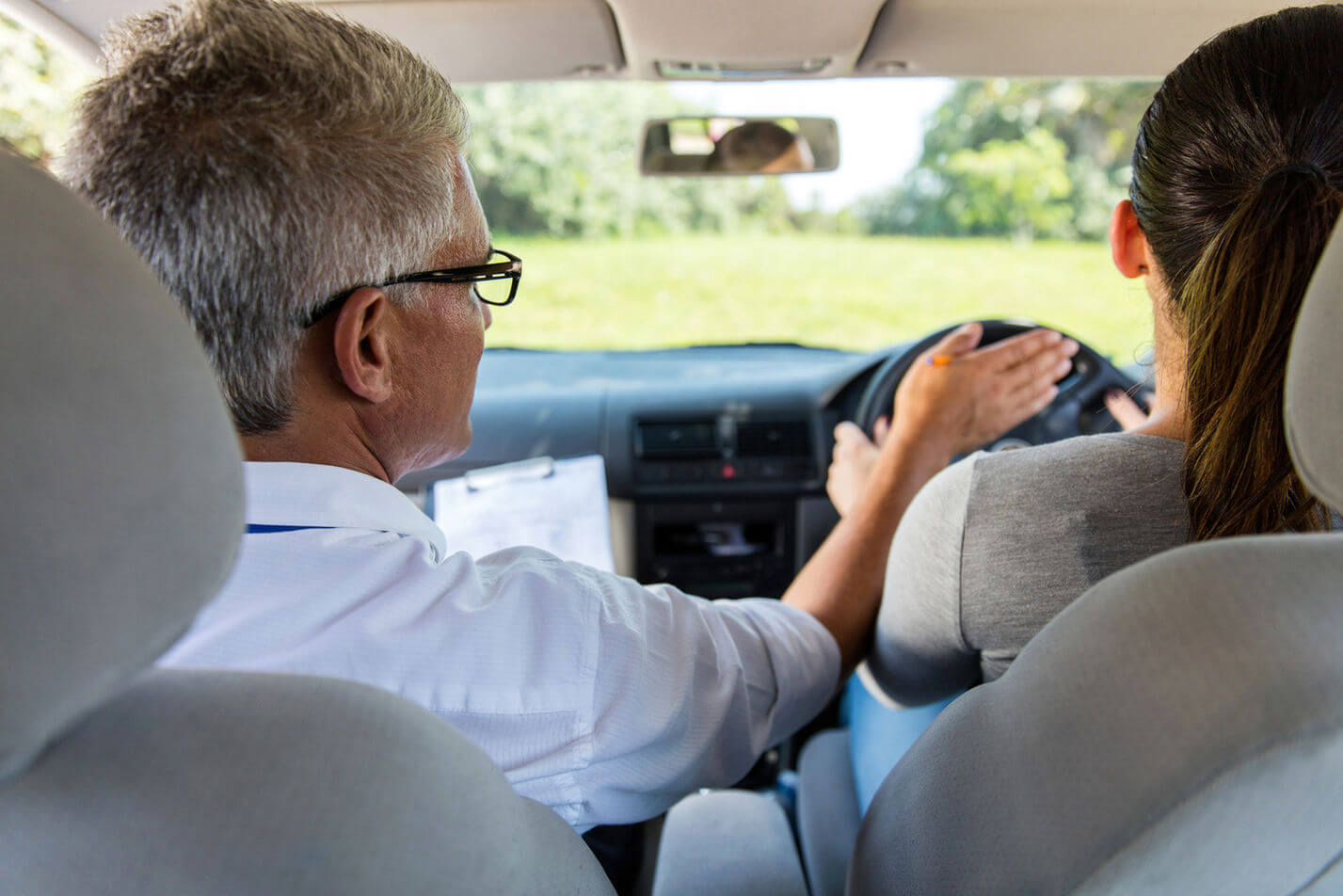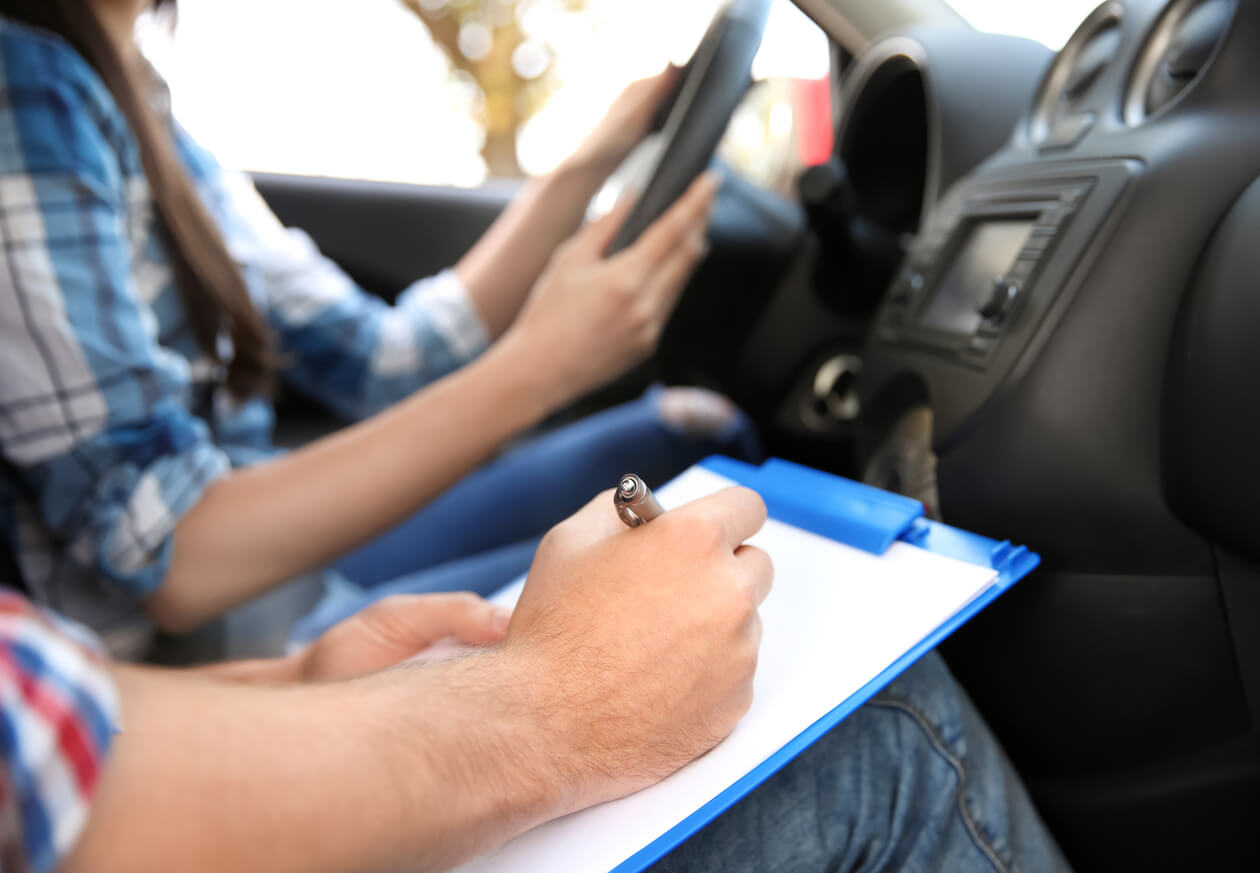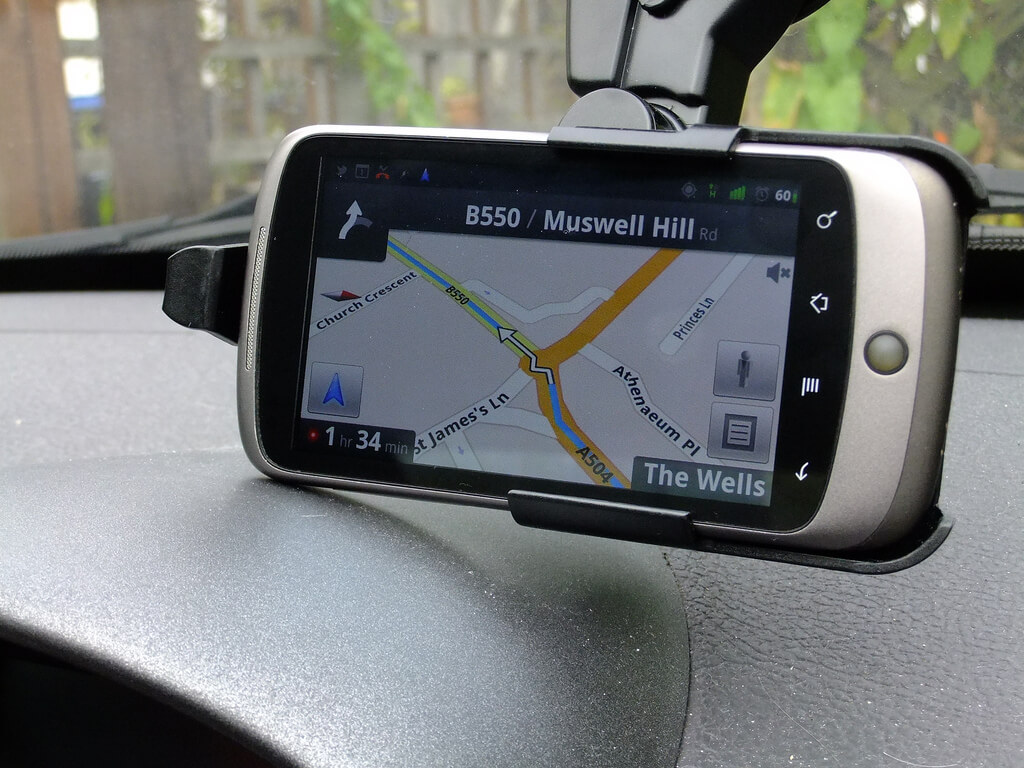Quick and simple insurance
It was so simple to get insurance. Clear and easy guidance insured within minutes which allowed peace of mind when picking up new car on a weekend.
Yesterday
To make sure that you’ve done everything possible to get ready, here are some handy driving test tips on what to focus on before the day arrives and what to expect during your driving test.
You’re bound to be feeling nervous because taking your practical test It’s an important moment in our lives and so the best way to ensure everything goes smoothly is to be properly prepared.
The waiting time for a driving test can vary dramatically depending on where you live so you could end up waiting a number of weeks. It’s important that you don’t waste this time and use it to your advantage.

Obviously, before you can start preparing for the practical test you have to make sure you’ve booked it. Your instructor will be the best judge of how ready you are and when you both agree you can select a date.
To book your driving test you will need your driving licence number and a credit or debit card. A standard car practical test will cost you £62 for a weekday test and £75 for one in the evening, at the weekend or a bank holiday.
It’s important to pick the right time of day you take your test. Having quieter roads in the middle of the morning or afternoon can be a big advantage to nervous drivers.
It’s always best to avoid rush hour as this can add unnecessary stress on the big day.
You may find that you have to wait a while for your exam but you if you feel you’re ready, you can find an earlier slot if someone else has cancelled theirs.
After choosing your test date, you’ll have a few weeks to get that last little bit of practice in. You might find that you’ve reached the point where you don’t want to pay for an instructor anymore but that’s no reason to stop practicing.
If you’re lucky enough to have your own car or have cars for learners to practice in, you should try to get as much experience in as possible before your test.
It’s the best way to practice what you’ve learnt with your instructor and you’re more likely to feel relaxed driving with a friend or family member.
Remember that as a learner you must be accompanied by a qualified driver, over the age of 21 who has at least 3 years of driving experience.
No matter whose car you’re practicing in, if you’re on a public road you must have insurance. As a learner driver, you might find that getting added to an existing policy belonging to your parents or a friend can be extremely costly.
You’ve already had to pay for hours and driving lessons and over £60 for your driving test, so the last thing you want to do is pay more than you need to.
A great way to get comprehensive cover while you’re driving is to get a temporary policy specially designed for learner drivers. It’s flexible insurance that works around your schedule.
Policies are available for 12 hours and 1 to 28 days so however long you’re waiting to take your test, you only have to pay for the cover you need.
A short-term policy could not only save you money but as a standalone policy, it won’t affect the vehicle owner’s existing insurance.
Their premiums will stay the same and if you have an accident while driving, they won’t lose their No Claims Discount. Find out how temporary learner driver insurance can help you.
There’s no avoiding the fact that your driving test is important and anything important is bound to cause nerves, especially if your’re a first time driving test taker. You have to try and o remember is that everyone gets nervous and it’s completely normal.
While you might not be able to completely rid yourself of nerves, there are ways you can control them. The first and easiest way is preparation.
If you know the area you’re taking your practical test in then you should try to familiarise with the roads before your test.
Getting to know the area means you can practice and stretches of roads you struggle with and learn how other drivers act when faced with a particular obstacle like a large roundabout.
Treat every time you drive around that particular area as a mock exam. Assess how you do and where you can improve on. With enough practice, you’ll feel calm and collected navigating your way through your test.
A great way to relieve some nerves is to take away the added stress of expectation. There’s no need to tell everyone when your test is because you’re likely to feel that added pressure of expectation.
Put things into perspective and remember that even if you don’t pass, it will all be ok. There will always be another opportunity.

When the big day arrives, having an idea of what to expect can not only help to reduce nerves but improve your chances of passing.
You should try and arrive at the test centre at least 10 minutes before your test and ensure you have all the required documents. You will need to take:
Once you’ve arrived and signed in, your examiner will come and collect you. At this point, you have to decide whether or not to have your instructor join you on your exam.
If you feel that having someone you know in the car will help you relax then it’s a good idea but remember that they can’t help or advise you during the test.
The first part of your practical driving test will be the eyesight test. While you don’t need to have taken a recent eye test to get your provisional licence, the first part of your practical test will involve a quick eye test in the test centre car park.
Your examiner will ask you to read out a number plate of their choice. The number plate will be about 20 metres away and if you fail to read this correctly you will be asked to read a second number plate.
This will continue until you correctly read one or you have failed to read 3 number plates. If this happens, the test will be cancelled and marked as a fail.
Next, you will be asked a couple of questions known by many as Show Me Tell Me questions. These will be two of a possible 19 questions.
One will be a ‘show me’ and one will be a ‘tell me’. These questions will test your knowledge on the maintenance and safety of your vehicle.
Questions range from ‘tell me how you would check that the brakes are working before starting a journey’ to ‘open the bonnet, identify where the windscreen washer reservoir is and tell me how you check the level?’
If you fail to answer one or both of these questions correctly, you will get one minor. You can have up to 15 minor fails during your test and still pass however just one major fault will see you fail your test.
Finally, you will start the driving part of your practical test. This will involve facing a number of different roads and systems including roundabouts and crossroads.
During the driving part you will be asked to perform one of three manoeuvres:
You will have practised these manoeuvers during your lessons and remember to take your time. There is no time limit; you should go at a pace that suits you.

Another part of the test is known as independent driving. Your examiner will give you a set of simple directions using a map or diagram to help show you where to go.
The point of this exercise isn’t to test how well you can remember directions; it’s to see how safe you can use road signs. If you forget a direction, simply ask the instructor to repeat it.
Your driving test usually takes around 40 minutes and when you arrive back at the test centre you will be informed whether you have passed or failed your practical driving test
The examiner will explain any mistakes you made and if applicable, why you failed. If you have passed you will be given your test pass certificate which means you are able to drive immediately.
We hope these driving test tips help but it’s important to remember that no matter what there will always be another opportunity. If you pass your test then enjoy your new found freedom, a failed practical driving test is not something to worry about – simply refocus, learn from your mistakes and book another test as soon as you feel ready!
We also currently hold an ‘Excellent’ rating on Trustpilot with over 30,000 reveiws.


After you’ve bought your policy, your documents will be emailed to you instantly so there’s no waiting around.
We use essential cookies to make our website work. We'd also like to use non-essential cookies to help us improve our website by collecting and analysing information on how you use our website and for advertising purposes.
You can agree to accept all cookies by clicking 'Accept all cookies' or you can change your preferences by clicking 'Manage Cookies' below. For more information about the cookies we use, see our cookies policy
We use essential cookies which are necessary to ensure our website works correctly.
We'd like to set non-essential analytics and marketing cookies that help us provide a better experience to our users. These help us improve our website and marketing by collecting and reporting information on the campaigns and web pages you interact with. It also helps us to target our marketing campaigns to people who are most likely to be interested in our services.
We'd also like to set a non-essential cookie which enables us to playback your journey on our website to assist with troubleshooting and to help us improve our website based on the behaviour of our customers.